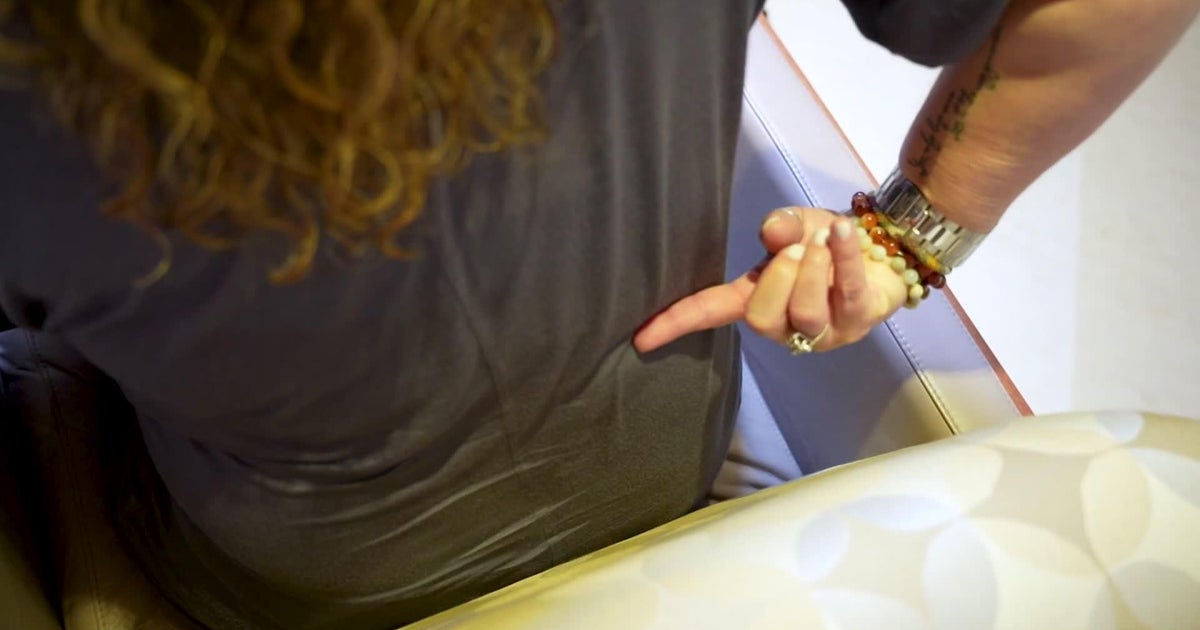South Florida patients suffering from chronic pain are finding relief through spinal cord stimulation, a therapy that uses targeted electrical signals to block pain from reaching the brain.
The treatment, now being offered at Baptist Health Miami Neuroscience Institute, is helping patients regain mobility and comfort where other methods have failed.
“A pacemaker for the spine”
Alexa Alexander said she turned to spinal cord stimulation in 2023 after exhausting nearly every other option for her severe back pain.
“In 2023, I had a horrible back issue. I could barely walk,” Alexander said. “It was excruciating to the point where even when I would breathe, it would hurt.”
After physical therapy, injections, pain management, and even back surgery failed to help, doctors at Baptist Health recommended spinal cord stimulation.
“I like to describe it to patients as a pacemaker for the spine,” said Dr. Akshay Goyal, pain management physician at Baptist Health Miami Neuroscience Institute.
“It’s a device that sits underneath your skin and sends electrical signals to the spinal cord in a very precise manner to block the pain signals from going from the lower back or legs all the way up to the brain.”
Custom-tailored pain relief
Dr. Jason Liounakos, director of Outpatient Spine Surgery at Baptist Health Miami Neuroscience Institute, explained how the device changes how patients experience pain.
“So essentially what it does is it’ll cover up the pain signal with a numbness or tingling feeling and for most people that’s a lot more palatable than just a feeling of excruciating, sharp burning pain,” Liounakos said.
Alexander now controls the intensity of the stimulation through an app on her phone.
“I think I’ve probably gone up to 25, and it starts getting uncomfortable,” she said. “It’s a very aggressive tingling.”
When CBS News Miami met her, Alexander had the device set to 13—far below its maximum of 132.
Spinal cord stimulation can also be used to treat conditions including diabetic neuropathy, peripheral vascular disease, spinal cord injuries, and postsurgical pain. Liounakos said it may also soon help patients who’ve never had surgery but suffer from back pain or sciatica.
“The technology, even though it’s come a very long way in the last 50 years, there’s still a big untapped sort of potential for it,” Goyal added.
Alexander said the difference in her quality of life is dramatic.
“I would say I’m at a 90% difference from when we started in January of 2023,” she said. “It’s huge.”
She recharges the battery every few months using a wireless charger strapped to her lower back for about 90 minutes. The device itself can last for years, depending on usage.



